10 Of The Biggest Failed Apps And Why They Didn’t Work
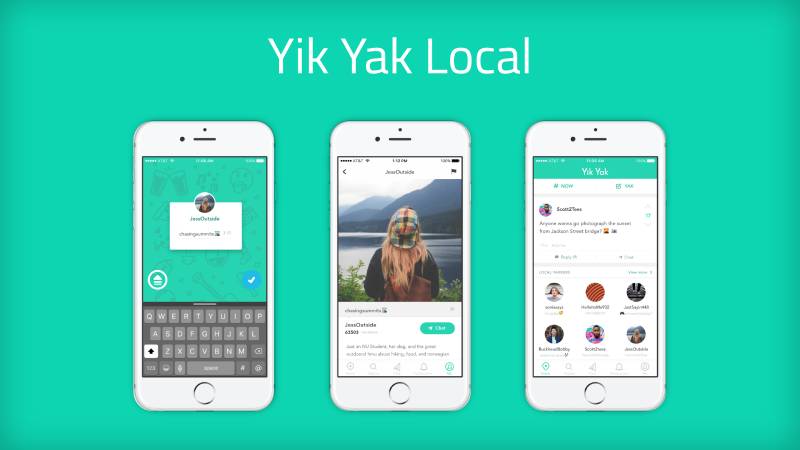
Ever wonder why some apps become a daily necessity while others fade into oblivion? It’s like some apps hit the jackpot, and others, well, they just miss the mark.
Today, we’re diving into the world of failed apps, a place where good ideas meet harsh realities.
In this digital era, our lives practically orbit around apps. Yet, for every successful one, countless others end up in the app graveyard.
Understanding why some apps don’t make the cut isn’t just tech gossip; it’s crucial intel for anyone looking to innovate in the app world.
By the end of this article, you’ll be equipped with the dos and don’ts of app development, straight from the tales of those who’ve been there.
The Biggest Failed Apps
| App Name | Launch Year | Unique Feature | Primary Reason for Failure | Key Lesson |
|---|---|---|---|---|
| Yik Yak | 2013 | Anonymous local messaging | Cyberbullying and privacy issues | Monitor user content and ensure safety |
| Color Labs | 2011 | Proximity-based photo sharing | Low user engagement and privacy concerns | Validate market fit and address privacy |
| Hailo | 2011 | Taxi-hailing service | Misjudged market differences and competition | Understand local markets and adapt |
| Everpix | 2011 | Photo organization and sharing | Ran out of funds with inadequate user base | Balance product development with marketing |
| Google Wave | 2009 | Integrated communication platform | Too complex and lacked clear use case | Simplify user experience and clarify purpose |
| Auctionata | 2012 | Online luxury auction house | Legal issues and lost user trust | Maintain ethical practices and user trust |
| Quixey | 2009 | App search engine | Financial issues and failed partnerships | Secure stable funding and reliable partners |
| Rdio | 2010 | Music streaming service | Couldn’t compete with larger rivals | Innovate within competitive landscapes |
| Shyp | 2013 | On-demand shipping service | Unsustainable growth and pricing model | Grow sustainably and understand costs |
| Fab | 2010 | E-commerce platform for unique items | Rapid expansion and loss of focus | Stay true to core value and grow strategically |
Yik Yak

Yik Yak was like the town square for digital chit-chat. It let folks anonymously post their thoughts and see what others around them were saying.
Super popular on college campuses, it was the go-to for local gossip and news.
Why it failed:
Yik Yak’s charm was its curse. Anonymity led to some serious cyberbullying issues. Despite its initial success, the app couldn’t shake off its negative image.
As schools started blocking it and users drifted away, Yik Yak became one of those failed apps that had a quick rise and fall.
Color Labs
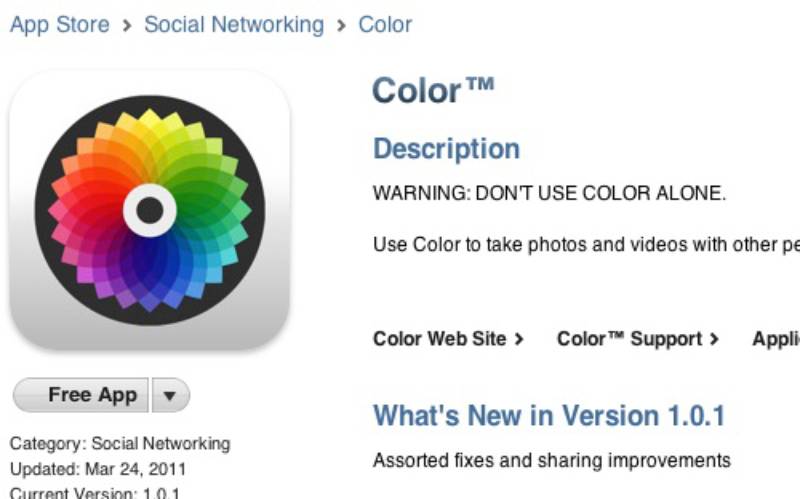
Color Labs was all about sharing photos with folks nearby. Imagine walking around, snapping pics, and your nearby pals instantly seeing what you’re up to. It was a fresh take on social media, focusing on local connections.
Why it failed:
Despite a massive funding round, Color Labs struggled. The app felt empty for new users, and privacy concerns freaked people out. It’s a classic case of a failed app that couldn’t quite connect with its audience.
Hailo

Hailo was the British knight in shining armor for the taxi industry.
It matched passengers with drivers, aiming to make hailing a cab as easy as tapping your phone. It had a good run in London before trying to take over the Big Apple.
Why it failed:
Hailo didn’t account for the differences between London cabbies and those in NYC.
Plus, with Uber and Lyft in the mix, competition was fierce. It’s a tale of a failed app that didn’t adapt to local tastes and got outpaced by rivals.
Everpix
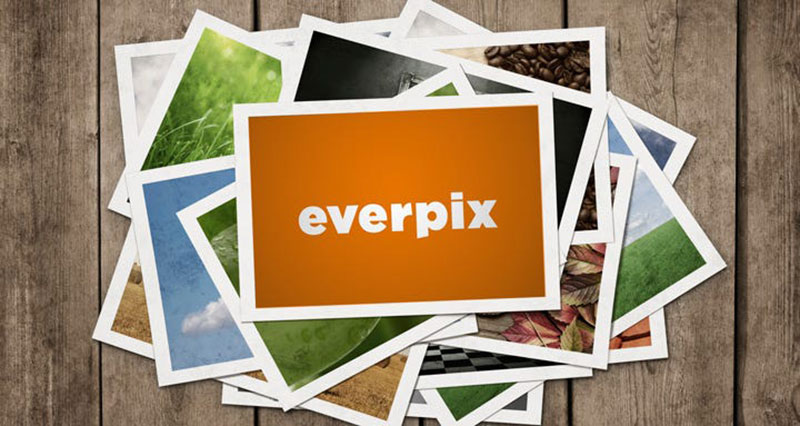
Everpix was all about photos and memories. It promised to organize your digital mess of photos into a neat, accessible gallery.
The idea was to relive your best moments without the hassle of digging through files.
Why it failed:
Everpix burned through cash focusing on perfection rather than promotion. When it finally launched, the user base just wasn’t there.
It’s a sad story of a failed app that had a great product but poor market strategy.
Google Wave

Google Wave was the future of communication, or so we thought. It combined emails, instant messaging, and collaborative tools in one platform. The idea was to streamline how we work and communicate online.
Why it failed:
Google Wave was too complex and ahead of its time. Users found it confusing, and it didn’t quite fit into any particular niche. It’s a classic example of a failed app that was more of a ripple than a wave.
Auctionata

Auctionata brought the thrill of the auction house to your screen. It specialized in luxury goods and collectibles, offering a live-streamed bidding experience.
From fine art to vintage cars, it had a bit of everything.
Why it failed:
Trust is key in auctions, and Auctionata lost it. Accusations of shill bidding and trade violations turned users away.
It’s a stark reminder of how ethical missteps can lead to a failed app.
Quixey
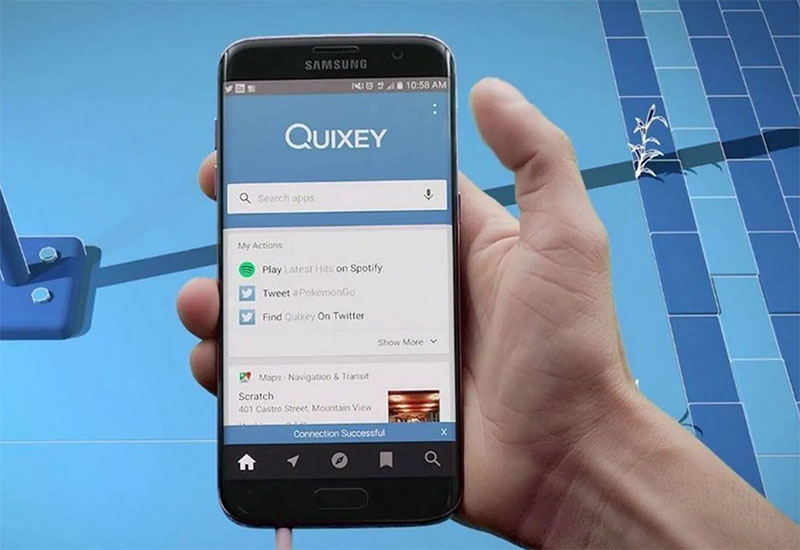
Quixey was the search engine for apps. Instead of drowning in your phone’s sea of apps, Quixey helped you find exactly what you needed.
It was about making the digital world a bit more navigable.
Why it failed:
Financial woes and contractual issues with big partners like Alibaba led to its downfall.
Quixey’s journey is a tale of a failed app that couldn’t keep its finances as tidy as the app organization it promised.
Rdio

Rdio was a pioneer in music streaming, offering a sleek interface and social sharing features. It was all about discovering new tunes and sharing your music taste with friends.
Why it failed:
Rdio couldn’t compete with the likes of Spotify and Apple Music. It focused on quality over quantity but missed out on the freemium model that others used to lure users in. Rdio’s tune faded out, becoming another name in the list of failed apps.
Shyp
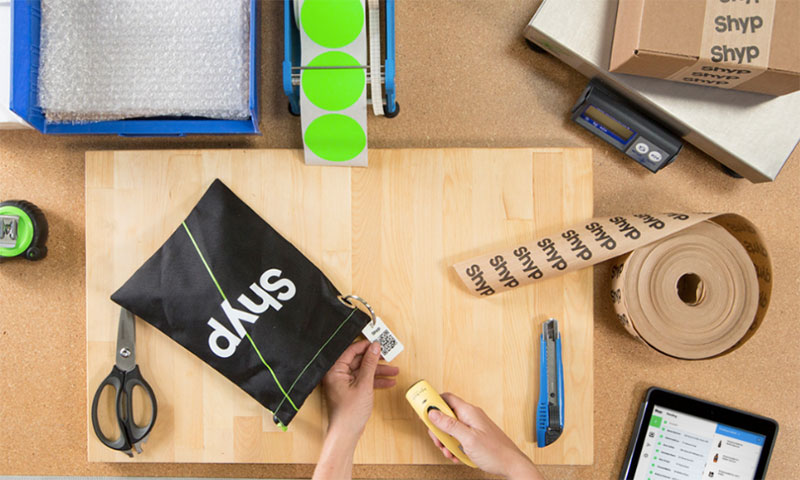
Shyp was the Uber for shipping. Snap a pic of what you need to send, and a Shyp hero would whisk it away for packaging and posting. It was all about convenience and skipping the post office line.
Why it failed:
Rapid expansion and a one-size-fits-all pricing model led to its undoing. Shyp’s story is a cautionary tale of a failed app that grew too fast without a sustainable plan.
Fab

Fab was the place for unique, quirky products you couldn’t find anywhere else. It was a treasure trove of design-oriented items, from art to jewelry to furniture.
Why it failed:
Fab tried to do too much too fast. It moved away from its niche of unique items to more common products, losing its unique appeal.
As it diluted its brand, Fab faded into the background, joining the ranks of failed apps.
FAQ about failed apps
Why do apps fail?
Apps often crash and burn due to a mismatch between what they offer and what the market needs.
It’s like throwing a party no one shows up to because they didn’t dig the theme. Lack of user engagement, poor market research, and ignoring user feedback are common culprits.
What are the signs of an app heading towards failure?
Keep an eye out for dwindling user numbers, negative reviews piling up, or a sudden drop in revenue.
It’s like seeing storm clouds gather. These are telltale signs that an app might be on a slippery slope to becoming one of those failed apps.
How can I prevent my app from failing?
Start by really understanding your audience. It’s like knowing what your friend likes for their birthday.
Regular updates, listening to user feedback, and adapting to market changes are key. Also, ensure your app solves a real problem and isn’t just another pretty face in the app store.
What’s the most common reason for app failure?
The most common downfall? Not solving a real problem. If your app isn’t making someone’s life easier or better, it’s just taking up space.
Other biggies include poor user experience and lack of proper marketing. It’s like opening a restaurant with great food but no sign outside.
How important is marketing for an app’s success?
Marketing is like the megaphone for your app’s party. Without it, how will people know about your awesome app?
It’s crucial for creating awareness, driving downloads, and retaining users. Even the best app can fail without a solid marketing strategy.
Can user feedback prevent app failure?
Absolutely! User feedback is like getting a cheat sheet. It tells you what’s working, what’s not, and how to improve.
Regularly updating your app based on user feedback can significantly reduce the risk of becoming one of those failed apps.
How does poor user experience lead to app failure?
Poor user experience is like a rocky road full of potholes. It frustrates users, leading to negative reviews and app abandonment.
If navigating your app feels like a chore, users will likely ditch it for a smoother ride.
What role does funding play in app success or failure?
Funding is the fuel for your app’s journey. Without enough of it, you might not make it to your destination.
It’s crucial for development, marketing, and scaling. However, mismanagement can lead to a quick burnout, so it’s all about smart spending.
How does market research impact an app’s success?
Market research is your map in the wild app wilderness. It helps you understand the landscape, identify opportunities, and avoid pitfalls.
Skipping this step is like wandering in the dark, hoping to stumble upon success.
What’s the impact of competition on app failure?
Competition keeps you on your toes. It’s a reality check, pushing you to innovate and stay relevant.
However, fierce competition can overshadow your app, especially if it’s not distinct or superior in solving user problems. It’s all about finding your niche and excelling in it.
Conclusion
So, we’ve dived deep into the world of failed apps, right? It’s like taking a walk through a digital graveyard, seeing dreams that turned into digital dust. But hey, it’s not all doom and gloom. Each story is packed with lessons, kinda like breadcrumbs leading us back to success.
- Learn from Mistakes: These apps, they stumbled over things like user experience blunders, market misreads, or just being a tad too ahead of their time. It’s crucial to keep those user engagement strategies tight and the innovation game strong.
- Adapt and Overcome: Market research isn’t just buzzwords; it’s your secret map. Know your terrain, folks! And funding? Yeah, it’s important, but it’s all about smart spending and sustainable growth.
- Stay User-Focused: Keep those feedback channels open. Your users are your reality check, your guiding stars.
In the end, every failed app whispers a secret of what not to do. So, listen closely, iterate boldly, and maybe the next big app won’t be a tale of failure but a legend of success.
If you liked this article on failed apps, you should check out this one about financial software development companies.
We also wrote about a few related subjects like business pivot examples, financial projections for startups, startup press kit examples, nearshoring, Berlin startups, and mobile app makers.
- Unlocking Efficiency: Top CSS Generators To Try - May 4, 2024
- What Is Rust Used For? A Guide to Its Applications - May 4, 2024
- Simplifying Video Editing: Creative Apps Like Kapwing - May 3, 2024




